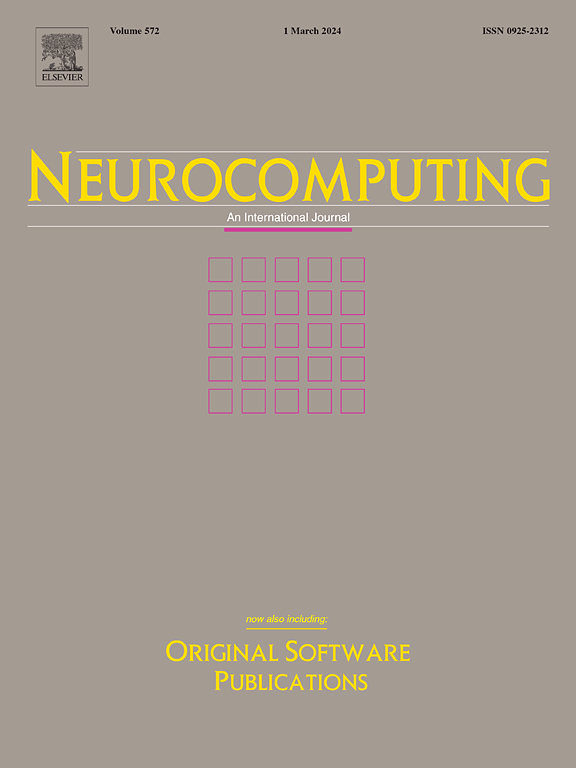Robust attack-aware spread spectrum watermarking in real scenes
IF 5.5
2区 计算机科学
Q1 COMPUTER SCIENCE, ARTIFICIAL INTELLIGENCE
引用次数: 0
Abstract
Digital image watermarking hides copyright information in digital images and allows for its extraction when necessary to confirm ownership. Imperceptibility and robustness, the key indices of watermarking performance, constrain each other and are affected by the embedding location and weight. Existing techniques resolve this constraint by prioritizing imperceptibility while endeavoring to maximize robustness, which still entails a risk of missing higher visual quality or a failure in watermark extraction in real scenes. When the spread spectrum scheme is applied to embed watermarks in the discrete cosine transform domain, the embedding location and weight are not well calibrated. The embedding location is heuristically selected from among the divisions of the frequency domain, and the determination of the embedding weight relies on the predetermined imperceptibility. We address the issue between imperceptibility and robustness with the opposite strategy, prioritizing robustness while maximizing imperceptibility, and propose the attack-aware spread spectrum watermarking (ASSW) algorithm. ASSW takes prior attacks into consideration when determining the embedding location and weight with three goals: ensuring the stability, small modulus and small weight of the feature vector of the embedding location. Our experiments indicate that, with a carefully calibrated embedding location and weight, ASSW achieves greater imperceptibility and robustness than the state-of-the-art methods both on average and individual images.
求助全文
约1分钟内获得全文
求助全文
来源期刊

Neurocomputing
工程技术-计算机:人工智能
CiteScore
13.10
自引率
10.00%
发文量
1382
审稿时长
70 days
期刊介绍:
Neurocomputing publishes articles describing recent fundamental contributions in the field of neurocomputing. Neurocomputing theory, practice and applications are the essential topics being covered.
 求助内容:
求助内容: 应助结果提醒方式:
应助结果提醒方式:


